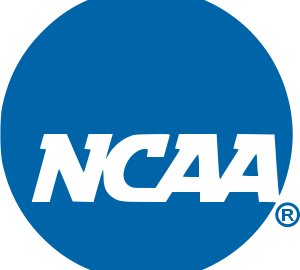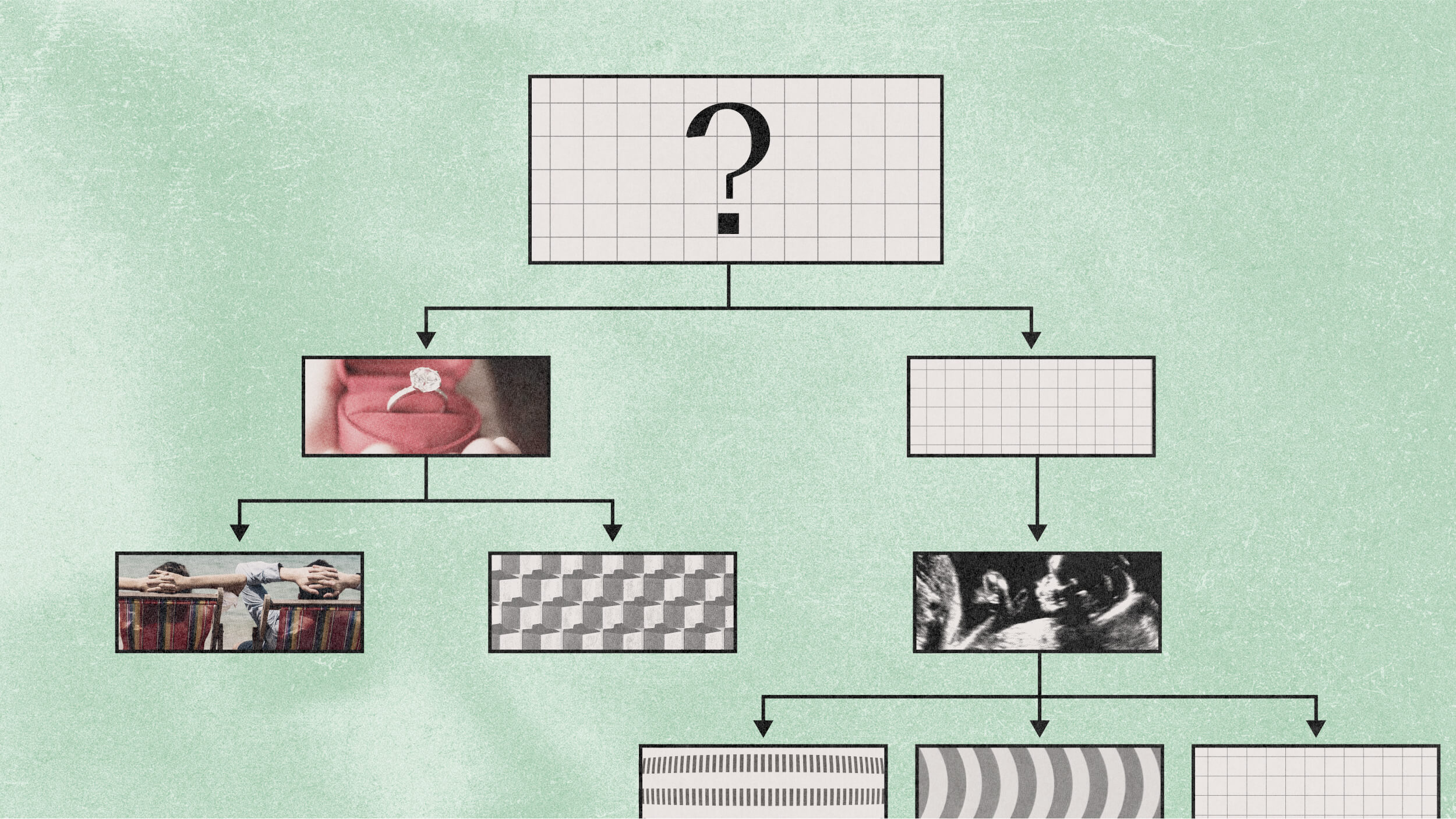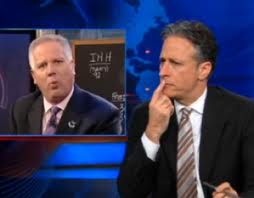When Will The NCAA Quit Robbing Its Athletes?

One of my roommates way back when I was an undergraduate was an Emory Scholar. I can’t remember exactly how many of them were in each class—either twelve or fourteen. If YoYo Ma came to town, they were there. If there was a lecture on campus featuring a former head of state or Nobel prize winner, they would be at the VIP reception afterwards. And every month, the university deposited some sort of stipend into their bank accounts, even though they all had full scholarships.
I’m sure there was a stated purpose of this program, but as students, we figured the real purpose of the Emory Scholars program was to make the school look good by showcasing its best and brightest academic students. Which is essentially the same purpose Reggie Bush had at USC every Saturday during football season.
The NCAA marketing office seems to be pretty resourceful—I’m sure they could come up with a name like the Student Ambassador Program for an initiative that provides small cash stipends to the football and basketball players at schools with big TV markets. I have seen hundreds of people over the last week sporting the black “G” logo of the University of Georgia’s football team, the Bulldogs, on hats, shirts, and shorts as well as banners flying from their cars or logos affixed to their rear windshields.
Many of these fans in this area of South Georgia have never set foot in a UGA classroom. And absolutely none of them would buy a ticket to see Bulldog coach Mark Richt play football. The only reason these people show up at the games or tune in on TV is to see overgrown teenagers and twentysomethings who are some of the very best at what they do play the game. Without these Student Ambassadors, nobody is interested in paying Mark Richt and his counterparts millions of dollars a year to stand on the sidelines and direct the action.
Between Facebook, Twitter, and whatever the latest internet trend of the moment happens to be, there has never been a time in the history of college sports where athletes could so easily communicate with one another and organize themselves. They could do the same thing national fraternities and sororities do, operating local virtual chapters around a national movement to turn their hard labor into some greenbacks they can put into their pockets, instead of letting the NCAA continue robbing them blind.
The NCAA brass appear to be control freaks, with such a tight hold on their student athletes that their scholarships are practically the same as the “at will” employment laws many states have—instead of four year scholarships, they are awarded year-to-year scholarships that can be rescinded by their coaches for poor performance. They have put their organization in the same category as the boxing world, where enormous amounts of money, both legally and illegally, swirl around its competitors, attracting hordes of the shadiest and most unscrupulous operators alive.
The lawsuit being brought by Ed O’Bannon against the NCAA last year may be the wedge that finally opens the door to player stipends and financial participation in any licensing or use of their image.
O’Bannon is not the first former athlete to question the NCAA’s use of his image and likeness in recent years. Sam Keller, a former quarterback at Nebraska and Arizona State, sued Electronic Arts and the NCAA last year for using players’ images in football and basketball video games. (That case has been consolidated with O’Bannon’s case.)
Others have never made it as far as filing a lawsuit, said O’Bannon’s lawyer, Jon T. King, of the Hausfeld firm. “There are several individuals that tried to look into this on their own, but they didn’t have the power of a class action,” he told me in an interview.
In terms of antitrust law, a legal challenge to the practice of using athletes’ images in commercial ventures “was bound to happen,” he said. “It was really just a matter of time before the right people found the right law firms to look into this. It wasn’t hard to realize there’s one group of performers that have been excluded from compensation their entire lives.”
Ed O’Bannon Takes Aim at the NCAA
A writer at Team Speed Kills, who is much more familiar with the collegiate sports world than I am, breaks down the issues anyone looking to change the current system have to deal with, from revenue sharing and which NCAA division levels need to be involved to the legal implications of Title IX, the federal law governing discrimination at educational institutions that receive federal law.
Make no mistake about it—there is absolutely nothing “amateur” about the NCAA, from the multi-million dollar salaries its top executives pay themselves to the billions of dollars in revenues from TV contracts, ticket sales, licensing and marketing deals that all rest on the strong backs of the players, players who they’ve have conned the public into believing should only want to compete “for the love of the game.”
I’ll believe that when head coaches at big-time NCAA schools start working for full professor salaries and receive only Heisman-like trophies in lieu of cash bonuses or incentives.





